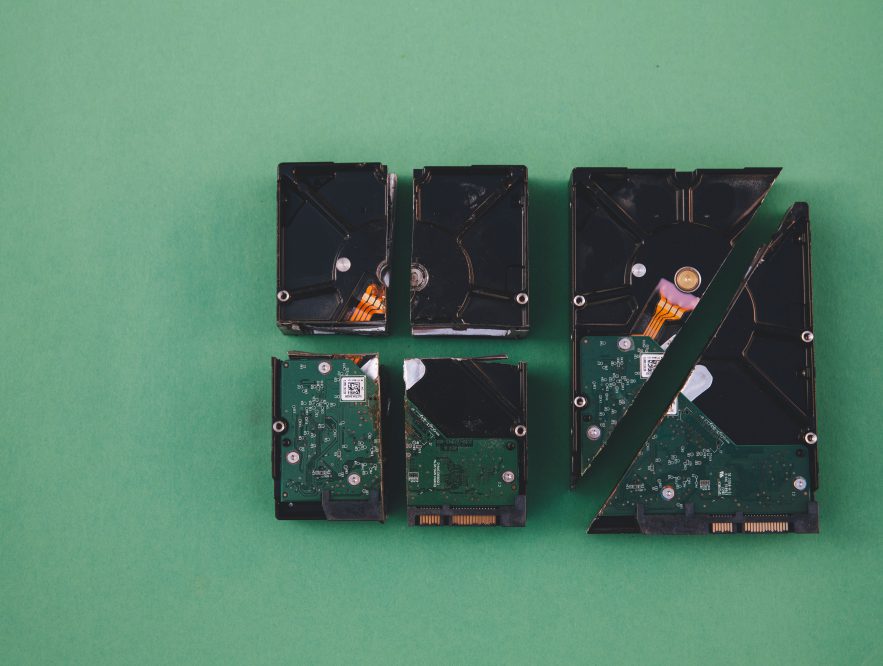Researchers deploy autonomous excavator in real-world scenario
Dive Short:
- Scientists not long ago unveiled an autonomous excavator method (AES) that can complete materials loading responsibilities practically similar to that of an knowledgeable human operator.
- The AES, made by scientists from Baidu Study Robotics and the College of Maryland, is a single of the world’s 1st driverless excavation devices to have been deployed in authentic-planet scenarios while continuously running for about 24 hrs, in accordance to a press release despatched to Construction Dive.
- The method employs true-time algorithms and many sensors — including LiDAR, cameras and proprioceptive sensors — to perceive its environment and recognize target materials, the push launch claimed. The AES platform can be used by excavators of all sizes and is ideal for assorted programs.
Dive Perception:
Unmanned significant work machines can enable development companies deal with skilled labor shortages although minimizing do the job hazards like cave-ins, ground collapses or other excavation accidents.
Whilst most industry robots this kind of as Boston Dynamics’ Location the robot pet dog are comparatively scaled-down and functionality in much more predictable environments, excavator robots are necessary to function in an extensive range of dangerous environmental disorders. They have to be in a position to establish target components, steer clear of obstacles, cope with uncontrollable environments, and go on jogging below difficult weather circumstances.
The improvement staff described their methodology in a exploration paper revealed final thirty day period in Science Robotics. They deployed the procedure at a squander disposal website for extra than 24 steady hours and in wintertime weather conditions disorders, the place vaporization can pose a threat to LiDAR sensing and performance.
The sum of resources excavated, in both moist and dry form, was 67.1 cubic meters per hour for a compact excavator, which is in line with the effectiveness of a conventional human operator.
The scientists also set up 10 eventualities at a shut testing discipline to see how the technique done in many true-environment duties. Right after screening a assortment of significant, medium-sized and compact excavators, AES was in the end confirmed to match the typical performance of a human operator in conditions of the amount of products excavated for each hour.
Baidu, a exploration company co-situated in Silicon Valley, Seattle and Beijing, has been collaborating with many of the world’s foremost design equipment organizations to automate classic hefty design equipment with AES, the company explained.
“This signifies a critical move shifting toward deploying robots with very long operating durations, even in uncontrolled indoor and outside environments,” said Dinesh Manocha, professor of computer system science and electrical and laptop or computer engineering at the University of Maryland.



/cdn.vox-cdn.com/uploads/chorus_asset/file/19624303/edited_LRB_110812_6348_2.0__1_.jpg)



